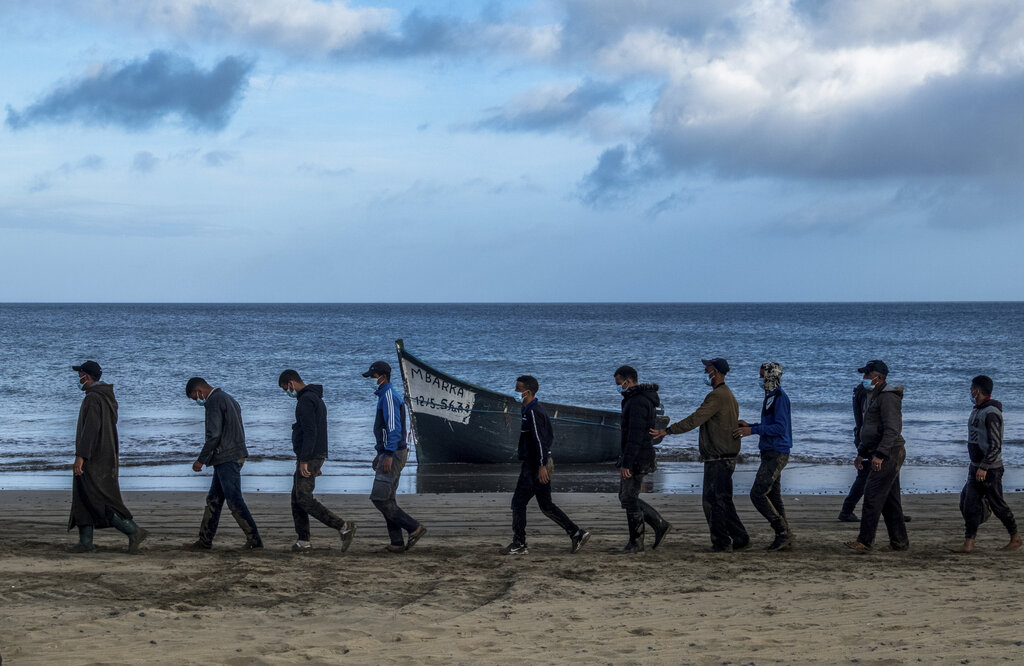Spaniards, accustomed to headlines boasting “record” numbers of immigrants due to Prime Minister Pedro Sánchez’s open-door policy, are now facing yet another unprecedented surge of African migrants, setting new records and causing issues not just for locals and the entire country, but also for tourists unaware of what might meet them during their dream vacations.
According to La Gaceta de la Iberosfera, the number of illegal immigrants arriving in the Canary Islands this year has surpassed all known records. By the end of 2023, the archipelago had received 40,000 people, and from January to April this year alone, 16,000 illegal immigrants arrived. The Interior Ministry estimates that about 70,000 more could arrive in the next eight months, potentially bringing this year’s total to over 85,000.
It is also noted that due to Spain’s far-left governing coalition, which could be defined as “Islamo-leftist,” Spain is currently the European region receiving the most illegal immigration — five times more than Cyprus, 60 percent more than Greece and nearly 25 percent more than Italy.
Mainstream media have often omitted that the face of the migration pact agreed upon during the Spanish presidency was the repeatedly compromised Interior Minister Fernando Grande Marlaska. Known for his “take it or pay” approach to solidarity, this has implications for other Europeans, including Poles.
It is noteworthy that Marlaska’s phone was twice hacked by suspected Moroccan intelligence services using Pegasus software, leading to a data loss of 7 gigabytes, marking him as one of the highest-level Spanish politicians targeted by foreign services.
Since 2022, the compliance of the Sánchez government to the Alawite regime in Morocco, including a total surrender on the issue of border protection, feeds public speculation in Spain about the prime minister being blackmailed — sadly implicating the whole country.
The ceaseless flow of refugees from Africa and the Maghreb flooding Spain, the dismantling of police units battling hashish smuggling from Morocco, and even the shift in stance on Western Sahara —effectively handing it over to Morocco — suggest potential blackmail by the Moroccan regime, which could eventually impact other EU member states.
Massive immigration to an archipelago with roughly 2.2 million residents doesn’t see newcomers staying long, as authorities relocate them deeper into Spain. However, humanitarian crises erupt occasionally, as seen on the Canary Island of El Hierro, where newcomers on the streets far outnumber the residents. Lesser, yet similar, issues occur on Gran Canaria and Fuerteventura. For now, Tenerife — popular with Poles — remains free from the occupation by illegal immigrants, but this could change within a few months.
An internal report by Frontex accessed by La Gaceta indicates that in the coming months, up to 100,000 Malians might move from northern Mali to Mauritania and then to the Canary Islands.
Thus, we might need to adapt to a new Europe, where booking holidays under the palms will depend not on weather conditions or hotel availability but on the current migration routes from Africa.






